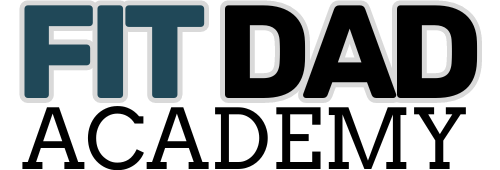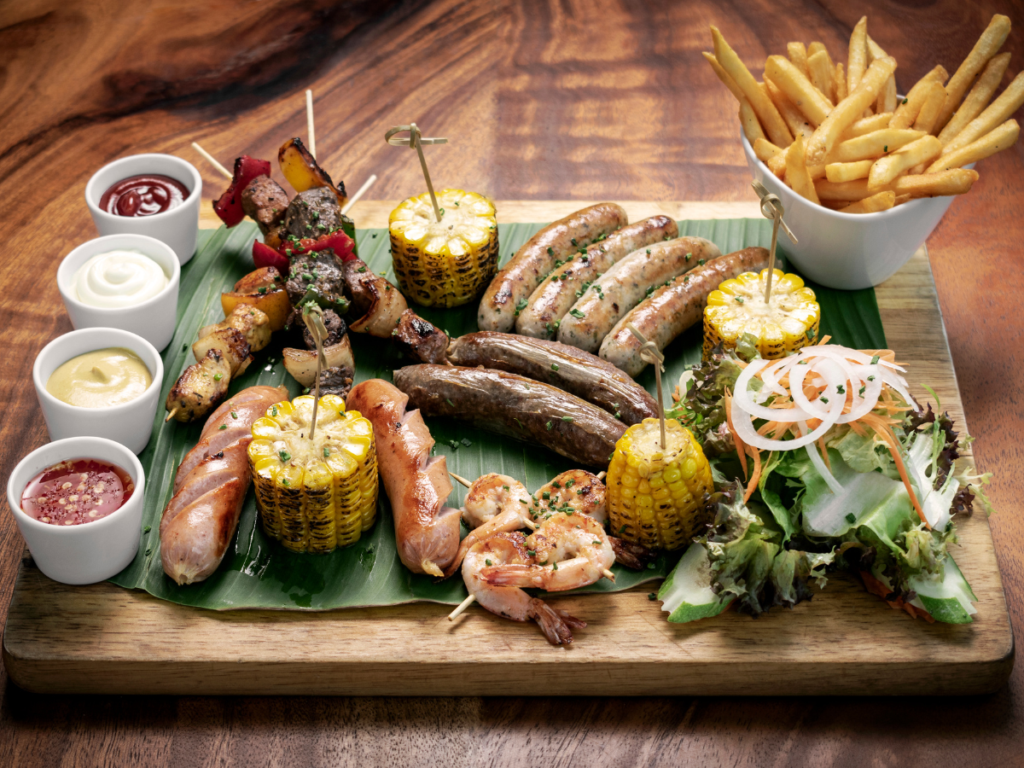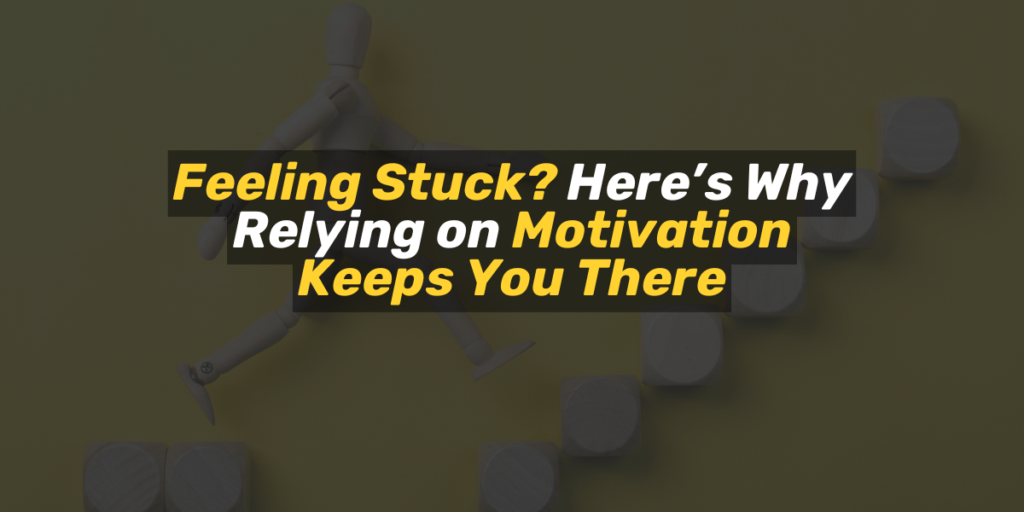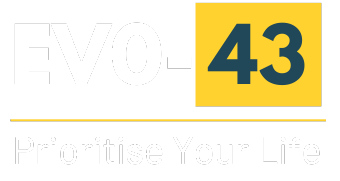15 minutes to upskill yourself, to empower yourself with the knowledge of cabs and insulin to take control of your own fat loss journey.
We’re going to have a look at carbs, then insulin and finally how the two impact so heavily on not just how lean you can be but how they can contribute to fat gain, and a hole other bunch of not so decent health implications.
What you should know about carbs
The food you eat contains energy, the body wants to store as much energy as possible for a rainy day and it’s your old mate carbs that are the bodies preferred source of energy.
When you eat carbs they’re digested, pass through your gut and on into the blood stream. In the blood stream they travel to the muscle to be stored with some kept in reserve in your liver.
Depending on how much muscle you have, your body can store roughly between 350 grams to 500 grams of carbs. Fully loaded, that’s between 1,400 to 2000 calories of readily available energy stored as carbs in your muscle ready to go.
There are two types of cabs you eat, plus we’ll throw sugar into the mix as well because simple carbs and sugar tend to come in pairs.
- Complex carbs
- Simple carbs and sugar
Complex carbs are foods such as potatoes, wholegrain rice, wholegrain pasta, vegetables, and legumes like black peas and lentils.
Simple carbs are foods like bagels, white bread, and breakfast cereal, the sandwich and crisps in your dinner time meal deal or the pizza and chips for tea. If you’re chomping down on sweets, chocolate, fizzy drinks, and throwing half a ton of sugar into your tea will add to your simple carb and sugar intake
Download shopping list for a complete list of complex cabs, protein, fats, and vegetables.
What you should know about insulin
Insulin is a hormone, It’s the only hormone you have some control over, and this article will show you how to take control of insulin to promote all the wonderful things insulin contributes to.
Insulin has many jobs but for today we’re going to talk about insulin in the context of fat gain and fat loss.
So, when you eat carbs, you produce insulin from the pancreas.
In a grey box. Fun fact, the cells in the pancreas that produce insulin are called islets of Langerhans: which when I come across, I always think sounds like a windswept island, being berated by horizontal rain with a lighthouse on it somewhere in the Outer Hebrides. Complete with some old geezer with a massive beard and weathered skin, gazing longingly out into the distance and into the world beyond, reminiscing on a life well lived.
Insulin and complex carbs
When you eat a meal with complex carbs this will produce smaller amounts of insulin from your pancreas slowly over a longer period of time. This will keep your blood sugar stable; you’ll avoid the sugar rush, keep a good metal focus and your mental and physical energy balanced. Good times.
Insulin, simple carbs, and sugar
When you eat a meal full of simple cabs and sugar this will produce larger amounts of insulin from your pancreas and in a quicker burst, then comes the grim sugar crash. This is going to negatively affect your physical energy and mental focus, and you’ll be sneaking off to the toilet cubicle at work for your power nap at around 2:30pm.
For optimal health, the ability to get lean and stay lean, to have stable physical and mental energy, controlling insulin spikes are going to be a huge factor.
With well-balanced nutrition habits and a solid exercise program, carbs and insulin can work together to have a positive effect on the body and work to increase your health span.
Here’s how.
Here’s how carbs and insulin work well together.
When you eat carbs, they’re digested and find their way into your bloodstream. The pancreas then produces insulin and pumps it into your bloodstream, insulin then travels through your bloodstream picking up the carbs along the way and escorting the carbs to the muscle cells.
When Insulin arrives at a muscle cell, insulin and your muscle cell have a friendly little chat, the muscle cell says,
“Ello mate, have you got some carbs for me?” Insulin then replies,
“Yes mate.”
So, the muscle cell says,
“sound mate, send them through.” With this the carbs can enter the muscle cell, and the carbs are stored as energy to be used later.
In grey box: Sticking out of the muscle cells are little antennas and it’s these antennas where insulin and the muscle cell talk to each other. Picture.
When this scenario is working well, the physiological results are higher energy, a sustained and sharper mental focus, fewer sugar cravings, better sleep, a generally leaner physique, and a generally longer health span to name a few.
However, when shit hits the fan and the fuck it button is firmly pressed, we all have in us the ability to eat crap, drink too much, fall out of a regular sleeping pattern and steer well clear of the gym.
When this happens the relationship between insulin and carbs becomes strained and the negative results can hit pretty quick.
Here’s how.
Here’s what happens with too many carbs: The short term effects.
In my experience when life had kicked me proper hard, right in the arse, healthy nutrition habits and exercise were the first to go. Pile on top drinking too much and abusing cocaine to hide from those things called feelings during my active addiction, my sleep pattern went right out the window along with my mental and physical energy.
When this happened, my brain reset to factory settings and my habits were to reach for processed, simple carbs for the convenience, to give me the instant gratification and energy from the sugar rush.
These unproductive habits were the short term cause of my fat gain, here’s why.
When my simple carb and sugar intake hit the roof I was eating, Rudy’s pizza’s, Almost famous burgers, cheese butty’s with Morrison’s finest salt and vinegar crisps (they’re the best), burritos, and a chippy tea, which was literally helping me grow chippy tits.
As a consequence, my pancreas was producing larger amounts of insulin to deal with the increasing amount of carbs and sugar in my blood stream.
Remember that insulin carries carbs to the muscles and muscles can only store a certain amount of carbs.
As I was eating more simple carbs, and sugar my muscles were getting full up quicker, until eventually my muscles could not hold any more carbs.
When insulin and my muscles had a chat, my muscles now said, “no more carbs mate, not tonight, we’re full!”
However, the carbs and sugar had to go somewhere to get them out of my blood stream to bring my blood sugar down and this is where the fat cells step in.
When my muscles were full up from all the shite food, there was no room at the inn and the carbs and sugar needed to be removed from my blood stream. So, the carbs and sugar were sent to the fat cell, converted into fat, stored in the fat cells and hey presto, my belt got bigger.
This is the short term effects of eating too many simple carbs and sugars too often.
It can get oh so worse though.
In a grey box:
Fat cells can hold a tremendous amount of fat, what’s worse is that when fat cells eventually get full they can reproduce themselves, creating more fat cells for more fat to be stored. Here’s the even worst part, once a fat cell is created it cannot be removed, the body keeps the new fat cell ready to be filled up and all these shenanigans increase our capacity to store fat to astronomical levels.
Here’s what happens with too many carbs: The long term effects.
With my sub-par lifestyle choices during active addiction and binging on too many simple carbs and sugar as a coping mechanism, the long term effect on my body was something called insulin resistance.
Remember: in a healthy and well-functioning body Insulin is produced in the pancreas and insulins job is to carry carbs from the blood to the muscle cell.
What happened with my physiology (link) when I developed insulin resistance was this:
- Eating too many simple carbs and sugar, too often caused my muscle to fill up pretty quick. No more room at the Inn.
- As a result, the simple carbs and sugars I ate were taken to the fat cell and they were stored as fat.
- As I continued to eat simple carbs and sugars, two major changes happened.
- My pancreas got tired, poor thing, and less insulin was produced making it harder for the carbs to go anywhere. This meant my blood sugar was higher than usual, for longer, which meant I was on my way to developing prediabetes. Which is not cool.
- The little antennas on the muscle cells that talk to insulin got damaged and eventually they wouldn’t even acknowledge insulin. Insulin got the silent treatment. When this happened, insulin took the carbs directly to the fat cell bypassing my muscle cells completely.
These changes had now put my body into ‘fat storing mode’ not good for the old physique, especially as a health and wellbeing coach. I think what was even worse for me was how this affected my mental health, the shame got real, and the vicious cycle continued.
This is a story for another day, but if you’re interested in my little battle, which is still ongoing with addiction and mental health you can read about it at the following links.
My battle with addiction and mental health.
Mental Health Hub.
But there’s hope.
Insulin resistance is a little situation that can be put right, quite easily in theory.
All I needed to do was get my muscle cells and insulin talking again, and to do this I had to give my muscle cells and insulin some space and time apart. This created the opportunity for them to slowly rebuild their relationship and begin to talk to each other again.
What I needed at this point was a framework to work within to first stop my body storing fat, and then to start stripping fat.
The framework was developed around the following 3 questions.
- What types of carbs and sugars am I eating?
- How many carbs and sugars am I eating?
- What time of the day do I eat carbs and sugars?
Let’s unpack those questions and have look at what I did, and you can do as well to get back on track with my nutrition, specifically when it comes to your carb and sugar intake.
Look at the types of carbs I eat
First thing I did was switch to complex carbs only, and eliminate ALL sugar.
Complex carbs have more fibre, are slower to digest, cause a smaller spike in blood sugar and less insulin to be pumped out. This is going to give the pancreas a rest and give it time to recover and repair.
To get a list of the complex carbs I recommend you can download a copy of the Metafunktion Shopping List.
Look at the timings and amounts of carbs I eat.
I bundled these two together as this is where the magic happens
By creating a structure for the timing of my meals which I ate complex carbs and the amounts I ate each day, I began to slowly improve the relationship between insulin and the muscle cells.
This was a 6 week process of tapering carbs down, taking a few days of zero carbs then slowly tapering them back up again. All the while timing my carb intake around my DCI Afterburn Workouts or with my evening meal.
The advantage to doing this 6 week nutrition and exercise protocol was 4 fold.
- Complex carbs will cause less insulin to be produced, and this gave my pancreas a much need rest.
- The second was to empty some of the stored carbs and sugar in my muscle cells.
- The third was to give my muscle cells a chance to rest and heal.
- Then the fourth was to by eating carbs after my DCI Afterburn Workouts this increased the chances that the carbs will be accepted again by the muscle ready for the next workout, and to keep them from being stored as fat.
The 6 week process was designed to first stop my body from storing fat through a targeted carb reset program and the DCI Afterburn Workout program. Slowly moving my body from ‘fat storing mode’ to ‘fat burning mode.’
The results speak for themselves.
With progress photos.
Upgrade 3.0: The 6 Week Carb Reset Program
After taking myself through the 6 week carb bootcamp with my DCI Afterburn Workout Program, I upskilled my knowledge with a few new education courses, experimented further and out popped my MetaLean Fat Loss System which is now at the foundation of all my fat loss programs.
This is what my Upgrade 3.0: The 6 Week Carb Bootcamp
To get more information about the Upgrade 3.0: The 6 Week Carb Bootcamp and to enrol on the program then give the link below a click. Right now, but for a limited time, enrolment on the course is absolutely free too, including our 14 Day chick in strategy sessions.
So, get yourself over to the Upgrade 2.0: The 6 week Carb Bootcamp and hopefully we’ll see you in the course and engaging in our community section.
Add sales section
Yours in health
Rick






